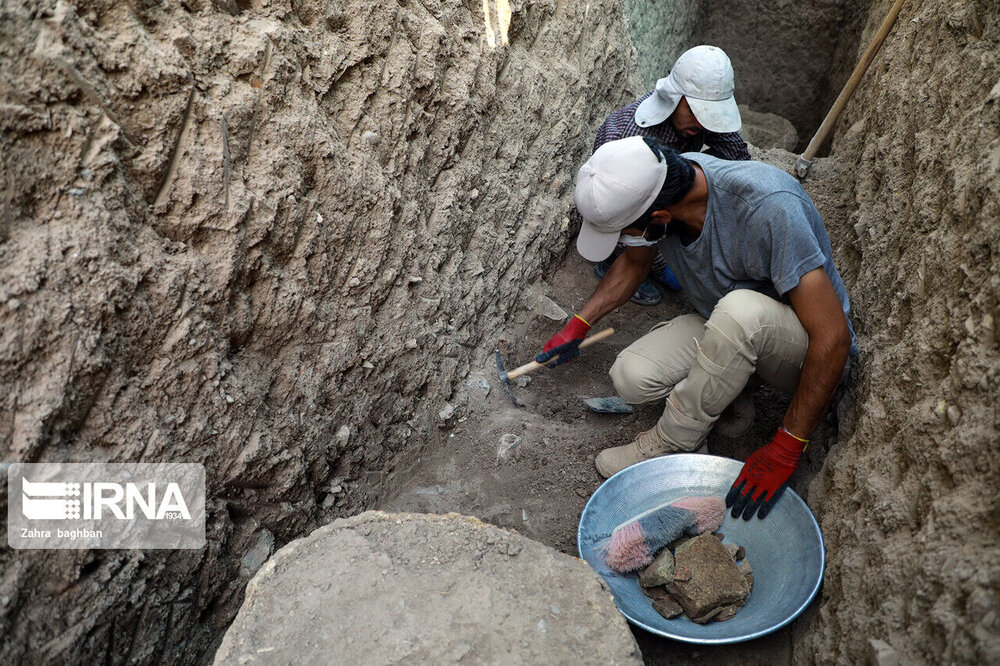‘Half the world’ Isfahan to embrace another tourism hub

TEHRAN – Tepe Ashraf, the sole archaeological hill in Isfahan, which has recently yielded significant evidence of ancient life in the central Iranian city, will be turning into a new tourism destination particularly for researchers, history buffs and people interested in archaeology.
“The ancient Ashraf hill is the sole ancient site situated inside the city of Isfahan so that it has an important role in identifying the historical background of [the whole] Isfahan province as well…. And, the site is planned to be turned into a tourist destination,” Isfahan City Council spokeswoman Farideh Roshan said on Sunday.
Isfahan, the capital of a province of the same name, is nicknamed “Nesf-e-Jahan” which is translated into “half the world”, meaning it contains fully half of the world's wonders. In its heyday, it was also one of the largest cities in the region with a population of nearly one million. The cool blue tiles of Isfahan's Islamic buildings, and the city's majestic bridges, contrast perfectly with the encircling hot, dry Iranian countryside.
“A [n outdoor] museum will be established on the ancient hill to showcase historical objects being discovered during [rounds of] archeological excavations,” Roshan noted.
The scheme is based on a recent agreement reached between Isfahan Municipality, and the city’s department for cultural heritage, tourism, and handicrafts.
“The ancient hill originally measured some 13 ha in area, but unfortunately now only seven hectares of it has been remained being owned by the provincial administrations (some six ha has been tuned into modern urban spaces),” she explained.
Over the past two months, a team of Iranian researchers, led by senior archaeologist Alireza Jafari-Zand, has found what they say is two skeletons of Parthian-era (247 BC – 224 CE) ladies at the ancient Tepe Ashraf, hoping new range of discoveries offer novel clues about the history of Isfahan. They have also found an ancient burial containing the remains of a horse -- estimated to be four years old was found near a place where a giant jar-tomb was unearthed weeks earlier.
“Tepe Ashraf is the second place after the Tepe Sialk (in Isfahan province) that has yielded the discovery of such jar tombs that offers valuable clues to uncover the obscure history of pre-Islamic Isfahan,” according to the archaeologist.
Excavations at Tepe Ashraf initially began in 2010 when Jafari-Zand announced his team found evidence at the site suggesting that the Sassanid site had also been used during the Buyid dynasty (945–1055). “We stumbled upon a reconstructed part in the ruins of the castle, which suggests that the structure had been used during the Buyid dynasty.”
The Parthian Empire (247 BC – 224 CE), also known as the Arsacid Empire, was a major Iranian political and cultural power in ancient Iran. The Parthians largely adopted the art, architecture, religious beliefs, and royal insignia of their culturally heterogeneous empire, which encompassed Persian, Hellenistic, and regional cultures. At its height, the Parthian Empire stretched from the northern reaches of the Euphrates, in what is now central-eastern Turkey, to eastern Iran.
AFM/MG
Leave a Comment